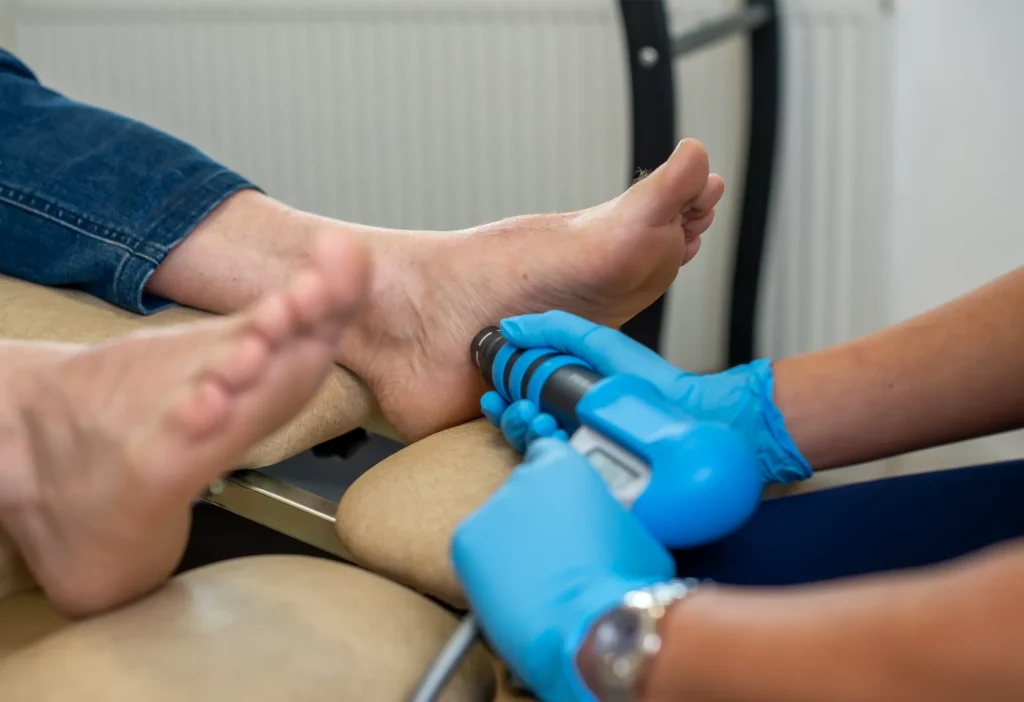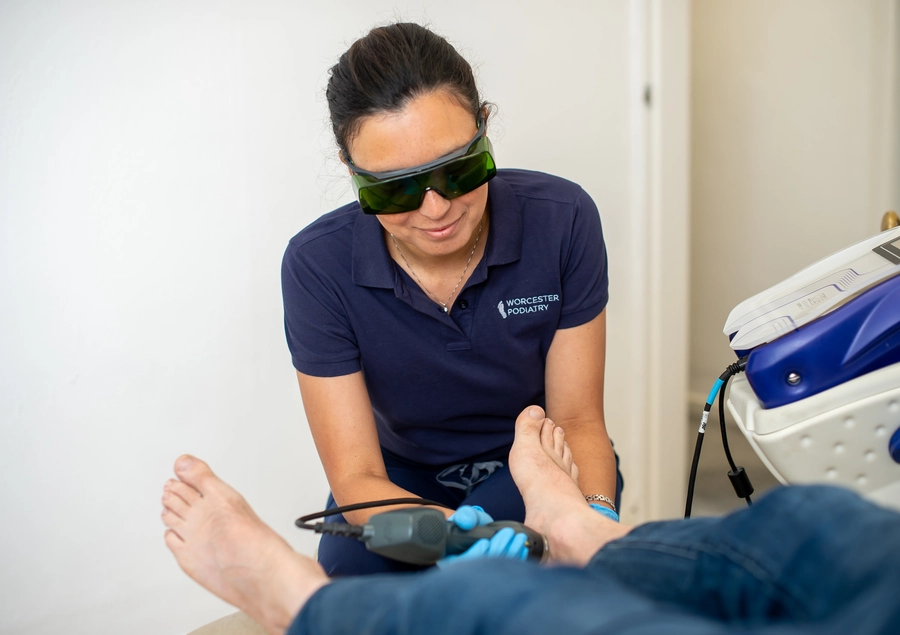Tibialis Posterior Dysfunction

Understanding Tibialis Posterior Dysfunction
Tibialis posterior dysfunction, also known as posterior tibial tendon dysfunction (PTTD), occurs when the tibialis posterior tendon becomes inflamed or torn, leading to pain and instability in the foot and ankle. This condition can cause the arch of the foot to flatten over time, leading to further complications if not properly managed. Understanding the causes and management strategies for tibialis posterior dysfunction can help alleviate symptoms and improve foot function.
Common Causes
- Overuse: Repetitive activities such as running, walking, or standing for prolonged periods can strain the tibialis posterior tendon.
- Age: Tendons lose elasticity and strength with age, increasing the risk of tibialis posterior dysfunction.
- Obesity: Excess weight puts additional stress on the tibialis posterior tendon, contributing to its degeneration.
- Foot Mechanics: Flat feet or abnormal gait patterns can place excessive strain on the tibialis posterior tendon.
- Trauma: Injuries such as sprains or direct impact to the foot can damage the tibialis posterior tendon.
Prevention and Management Tips
- Proper Footwear: Wear supportive shoes with good arch support to reduce strain on the tibialis posterior tendon.
- Maintain a Healthy Weight: Reducing excess weight can decrease stress on your feet and tendons.
- Rest and Ice: Resting the affected foot and applying ice can reduce pain and inflammation.
- Strengthening Exercises: Exercises that strengthen the tibialis posterior muscle and improve the stability of the foot can help manage symptoms.
- Use Orthotics: Custom orthotic devices can provide additional support and help correct abnormal foot mechanics.

Advanced Treatment Options For persistent tibialis posterior dysfunction, our clinic offers comprehensive assessments using pressure plate analysis. This advanced technology helps identify pressure points and abnormalities in your gait. According to NICE guidelines, assessing foot pressures is crucial in managing and preventing complications. Based on the results, we can create custom orthotics designed to alleviate pressure and provide support. Additionally, we offer advanced treatments such as shockwave therapy and MLS (Multiwave Locked System) laser therapy. Shockwave therapy promotes healing by stimulating blood flow and reducing inflammation, while MLS laser therapy uses specific wavelengths of light to reduce pain and promote tissue healing.
Comprehensive Tibialis Posterior Dysfunction Appointments If you suffer from tibialis posterior dysfunction, our comprehensive appointment is tailored for you. Our expert podiatrists will conduct a thorough examination, including gait analysis, pressure plate assessment, and a detailed assessment of foot mechanics. We will then develop a personalised treatment plan, including custom orthotics, strengthening exercises, shockwave therapy, and MLS laser therapy. Let us help you achieve better foot health and relief from tibialis posterior dysfunction.
Call the biomechanics experts at The Worcester Podiatry Clinic on 01905 428434 in Worcester
Happy Feet Reviews!
See Why Patients Choose Us
Trustindex verifies that the original source of the review is Google. Fantastic service staff were excellent from the receptionist to Patti the clinician booked again and would recommend to allTrustindex verifies that the original source of the review is Google. First time here, feet feel so much better, would highly recommend, excellent service. Thank you so much.Trustindex verifies that the original source of the review is Google. Really good and goodTrustindex verifies that the original source of the review is Google. The team are always super friendly, helpful and knowledgeable. Since I’ve been coming for treatment I’ve seen a definite improvement and will continue to book in regularly.Trustindex verifies that the original source of the review is Google. A lovely place to visit and the staff are so very helpful and friendly even a nice hot drink and done a great job on my feet 😀Trustindex verifies that the original source of the review is Google. Very professional and whole experience was very pleasant the changes that have been made are most pleasant and welcoming


